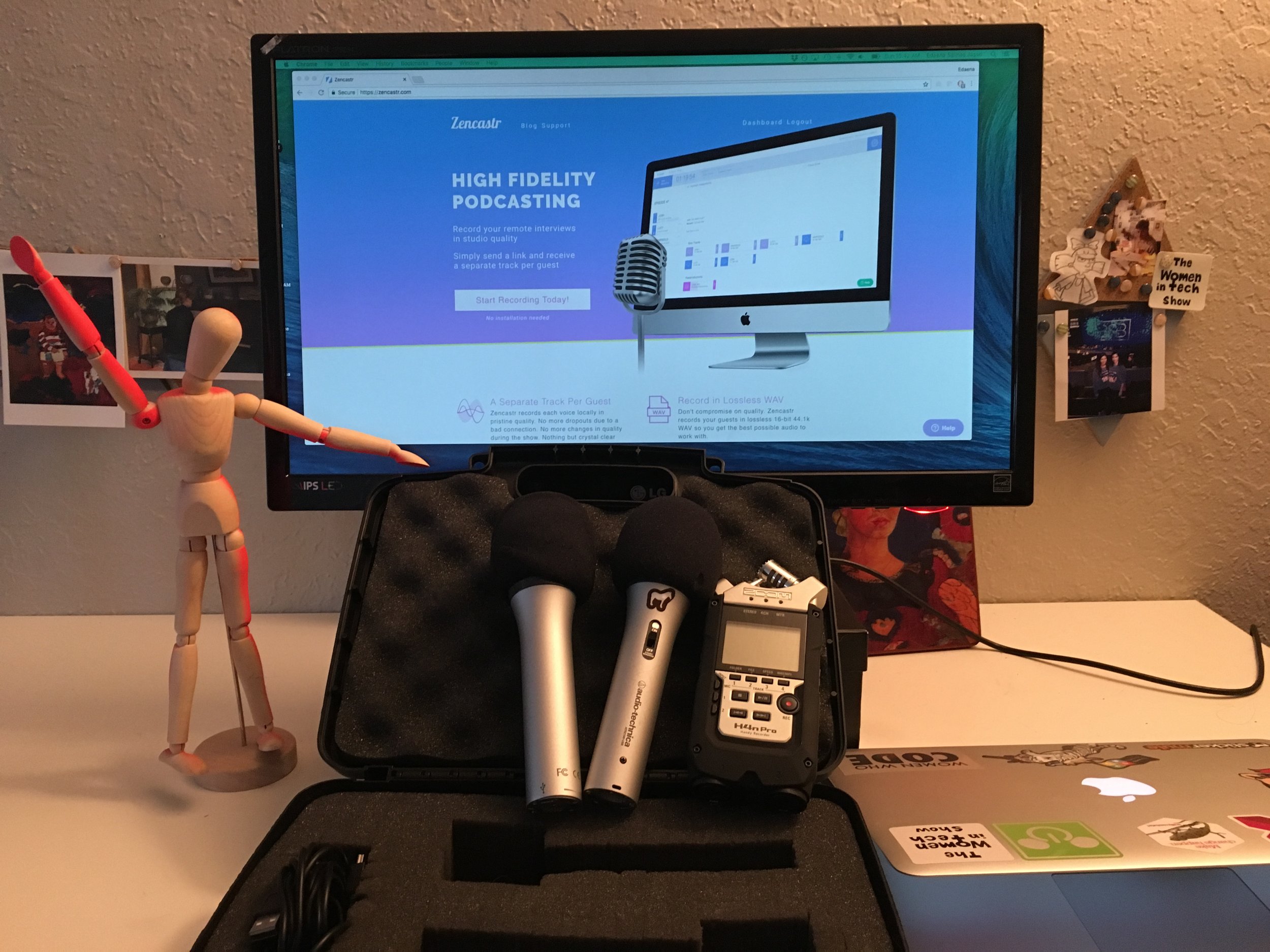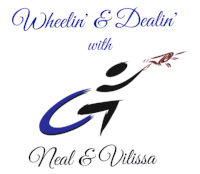Kansas City. Is it Missouri and Kansas? That was my first lesson after touching down in Kansas City. (P.S. It’s actually both. Somehow the city straddles state borders and there is a Kansas City, Missouri and a Kansas City, Kansas. One side of the city is Kansas, and the other is in Missouri. This is still a wild concept for me. And people take sides. One of the speakers from out-of-town tried get the crowd going with a “Hello, Kansas!” which was met with an exuberance from half the room as the other half of the audience sided with Missouri.)
The BBQ is amazing in Kansas City.
Anyway, I was honored to be invited to speak about Podcasting at the Digital Summit. My intent was to talk about podcasting and help the audience determine if / when / how you can use podcasting in marketing strategy (both B:B and B:C).
To be clear, podcasting has a distinct place in content marketing strategy. Here are the four reasons I articulated during my talk. (As an aside: As a pseudo-creative professional I’m not happy that I’m breaking the “Rule of 3” by having 4 reasons podcasting makes sense. It hurts, I know.)
1. Mobile first.
First and foremost, podcasting is an opportunity be where your customers are. Podcasts are inherently mobile-first and that means you can be with your customers 24/7. Pretty basic, right? Where do people listen to podcasts? On their phones while commuting, walking the dog, running on the treadmill, wherever. Your eyes aren’t on the phone like a video, which means your body is probably in some state of motion when listening to a podcast, so your eyes can be elsewhere. Additionally, when you have a voice from a podcast in your ear while driving/walking, etc. it mimics how we engage with very familiar relationships with friends and family, which brings us to #2…
Does this count as humanizing a brand?
2. Humanize your brand.
The act of listening to a podcast can mimic listening to an interesting friend talking on the phone. Podcasts act similar to 1:1 relationships. And when you’re a large brand it makes sense to try to bring individual names and faces out from behind the logo. Because…people buy from people. Large corporations can seem faceless but podcasting can help there. Think about it…There is a signature at the bottom of every contract. There are individuals responsible for making decisions, buying things, influencing decisions, spending money and making money. Podcasts give you an opportunity to make the humans in your company standout and connect with individuals outside of your organization. It also helps talent to think of themselves as what it would be like working in your organization, which can help attract great team members to your company.
3. Organic discovery.
Podcasts are hot! And, yes, it’s pretty easy to launch a podcast. And, yes, podcasts are being launched by lots and lots of people. But that doesn’t necessarily mean it’s over-saturated or not worth pursuing. Why? Well, if you think about YouTube, they’ve turned everyone with a phone into a content creator and distributor. Yes, there are amazing videos on YouTube, but also loads of poor videos. Doesn’t mean you should discount YouTube’s use in marketing.
We are all creators and we can all distribute work that is important to us. And we should. The cream always rises to the top. If you’re putting in the time, and creating something worth listening to (in the case of podcasting) or watching (in the case of YouTube), and if you simply care…audiences will find you. Is this a broad generalization? Absolutely. But it works. Niche topics find their audience. The internet has proven to me that there is always someone else that also loves [fill in the blank]. Even if you look at the top podcasts, they know their topic and purpose and go for it. They’re not everything to everyone.
How do you get your podcast found via organic discovery? Good show notes are of course, key to helping you get found organically. Blogging alongside the podcast is recommended and you may even consider transcribing your podcast episodes and posting those transcripts as part of your blog entries. Your recorded audio conversation will likely be jam-packed with relevant search keywords, which will then lend a helping hand to SEO.
Podcasts can be a low-cost marketing tool for you.
4. (Can be) low cost.
Podcasting is, at its core, very simple. Record audio, and post up an MP3 for the world to hear. Hosting can be done on a blog, but if you’re going to be mobile-first and have people consume the content via iTunesand Stitcher, for example, you’re going to want an RSS feed. Hosting an RSS feed for your podcast does cost money but it’s reasonably priced with most podcasters I talk to paying between $13-20 a month.
Then comes the MP3 part. Just like music and video production, there is a great range of how much this recording can cost. And this depends on you and your needs. Dr. Dre produces music that can cost hundreds of thousands of dollars per track. But other musicians produce for a fraction of that. Same goes for podcasting.
I always recommend keeping costs low on your podcasts. I’ve seen some agencies produce episodes at an insanely expensive rate. High-quality audio but not sustainable price tag. So I figured out how to get podcasts recorded without the high price tag and I’m quite happy with the results. Zencastr is one way to record remote interviews for free with a high production value. If you’re recording in-person, there is a multitude of ways to record from iPhone recorders with external micsto handheld audio recorders.
We have amazing tools (both hardware and software) that bring you the quality, shine and polish of an NPR podcast. You just have to be involved, get scrappy and make things happen for yourself.
And please don’t do this in your Content Marketing…
Now, one thing I didn’t cover, which is vitally important to content marketing. Don’t sell! Don’t sell! Don’t sell. (Rule of 3 accomplished!)
If your content is a long-form advert for your organization, it’s a huge flop. Ads get skipped. If you’re trying to have people sit through a 15 minute ad, you can bet it’s only your company listening. Nobody wants to hear chest-pounding and a pitch when they tuned in to be entertained or informed.
Good luck podcasting and let me know if you have any questions about podcasting strategy or ideas.
-Dan
dan@zencastr.com























